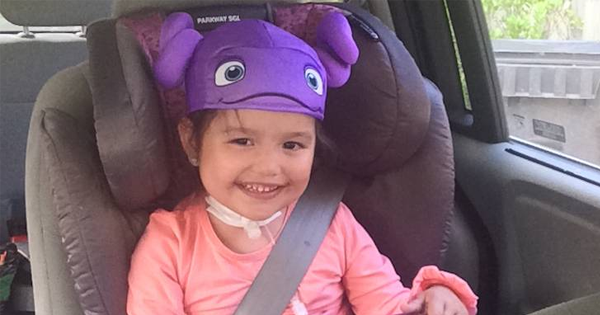Advertisement
An ancient curse from German folklore, which details a character who dies by forgetting to breathe, lives on today in a genetic disease called congenital central hypoventilation syndrome.
Mic Science interviewed 26-year-old Marissa Schain, who lives with this disorder.
It’s extremely rare with only 1,000 known worldwide cases. The disease is spontaneous, and with modern technology, those who suffer from it are able to live longer than they used to.
Marissa described the disease, saying “CCHS is a genetic mutation. When we fall asleep we don’t get the signal in our brain to keep breathing.”
Her mother found her in her crib, blue from lack of oxygen, at three weeks old. She then had a tracheotomy, and used a breathing tube for several years that had to be hooked up to a ventilator.
This system is great for keeping CCHS patients alive. However, it also makes them more susceptible to pneumonia. So when she turned 18, she excitedly ditched the ventilator for pacemakers that help her breathe by sending electrical currents to her diaphragm.
Otherwise, she’s been able to live a normal life. “I always had friends growing up. I always had activities, tennis, dance, Hebrew school. I had a very normal childhood,” says Schain.
Another family, that of 4-year-old Madilyn Yang (pictured above), recounts a similar experience. Her mother Sarah, a neuroscientist, said that she’d never heard of the disease when her daughter was diagnosed with it.
Young Madilyn’s heart stopped as a complication of the disease when she was 2. “She essentially died,” said Sarah. “Four days later she got a pacemaker.”
She lives comfortably now, like Marissa.
Of course, the biggest struggle is the cost. Even with great insurance, Sarah Yang’s family pays $1500 a month in deductibles.
CCHS affects so few that the public has little to no awareness of it. But money is always being raised for research, and efforts are being made with specialists to find a cure.
But years ago, these patients would have developed heart failure and experienced delayed growth and cognition. So the fact that many of these patients are living is a sign that the disease is at least treatable.




